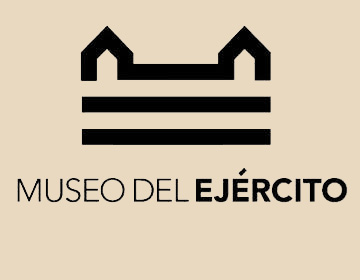Museum history
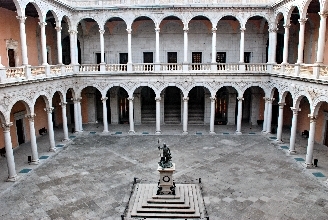
The Spanish Army Museum is the result of the merger of several military museums founded in the 19th century and at the start of the 20th century. Its core is formed by the Museum of Artillery and Engineers.
In 1803, under the instructions of Prime Minister Godoy, the Royal Military Museum was created in Madrid. This was the beginnings of the present day Spanish Army Museum. It is one of the oldest Spanish museums and was founded in response to the interest in Europe at the time in the preservation and exhibition of objects related with military history. At that time its collections had a clearly educational purpose. Its main aims included supporting soldiers’ training and supplementing teaching at military academies.
In 1827 the Royal Military Museum was divided into two sections: the Artillery Museum and the Engineers’ Museum, each with its own organisation and operating capacity. The last thirty years of the 19th century saw the start of a period where new military museums were created. This was when the Quartermasters' Museum (1885), the Cavalry Museum (1889) and the Infantry Museum (1908) were created. Like the previously mentioned Artillery Museum and Engineers’ Museum, they were independent of each other.
In 1929 the idea was considered of creating a new museum to bring together all of the existing military museums, although it did not bear fruit. It was not until the Second Republic that the Military History Museum was created, in 1932. It comprised sections for the four weapon types and the Quartermaster and Military Medical Corps After the Spanish Civil War, the Museum acquired the structure and organisation it had when it was housed in the Buen Retiro Palace.
The Spanish Army Museum is now based in the Alcázar of Toledo, a change entailing not only a new location, but also the restructuring of exhibit and museographic design in line with more contemporary trends.

This palace was built in 1690 and for a little over one hundred years was the residence of the Marquises of El Valle and of the Dukes of Monteleón and of Terranova, grandchildren of Hernán Cortés. It became the Monteleón Artillery Barracks in 1802 by order of Prime Minister Godoy.
When the Royal Military Museum was founded, four officers were assigned to find a suitable location to house its collections. They chose the Monteleón Palace, meaning that the Museum had to share space with the artillery barracks. It housed the Museum from 1803 to 1816.
The building was heavily damaged during the Napoleonic War of 1808-1814. On 2 and 3 May 1808, the Monteleón Artillery Barracks played a fundamental role in Madrid's uprising against the French. This led to the partial destruction and deterioration of the palace, in addition to the looting of the Royal Military Museum’s collections.
In 1816, in the light of the precarious state of the building, and after ruling out other possible alternatives, approval was given for the Royal Military Museum to move to another location: the Buenavista Palace.
Given its practically ruinous state, the palace was demolished in 1868 to make way for the new urban developments taking place in the area. New streets and squares were built on the site, among which is today’s Plaza del Dos de Mayo.
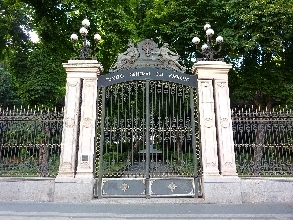
The present-day Buenavista palace, located in the Plaza de Cibeles, was built by the 12th Duke of Alba, Fernando de Silva y Álvarez de Toledo on a site where houses and noble buildings had stood since the 16th century. It became the residence of Cardinal Gaspar de Quiroga, the Holy Roman Empress Maria of Hapsburg, the Duke of Francavilla and the Marquis of La Ensenada. It was also a royal possession at different times between the 16th century and the end of the 18th century.
The Royal Military Museum was moved to this building in 1816 owing to the deterioration affecting the Monteleón Palace, its previous home. Despite the Buenavista Palace needing major upgrading in order to house the collections, it was possible to install the main pieces on the ground floor of the main building, leaving the basement for workshops. After the Royal Military Museum was divided, the two resulting institutions, the Artillery Museum and the Engineers’ Museum, remained in the Buenavista Palace, albeit with separate entrances and exhibition spaces.
In 1841 General Espartero, the regent of Spain, chose the Buenavista Palace as his official residence and would later turn it into the War Office. Consequently, it was decided that the Artillery Museum should move to a new home, the Buen Retiro Palace. However, the Engineers' Museum was kept in the Buenavista Palace, although the available space was gradually reduced until it practically became a storage facility.
With the expansion of the War Office, the Engineers' Museum was finally moved to a new home: the San Juan Palace, which was very close to the Buen Retiro Palace. The Buenavista Palace currently houses the Army Headquarters.
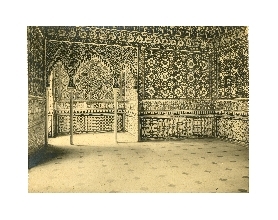
.
The Buen Retiro Palace began its existence as the rooms accommodating the Catholic Monarchs during their visit to the Hieronymite Monastery of San Jerónimo el Real. The site was gradually extended until the reign of Phillip II, when a number of towers were built for use by the king during his Holy Week retreats, or in times of family mourning; hence the names Retiro Real or Buen Retiro (Royal Retreat or Good Retreat).
Unquestionably it was the Count-Duke of Olivares, favourite of Phillip IV, who, with determination and tenacity, was responsible for building the magnificent palace. Although its façade was sombre, it contained richly and lavishly decorated Baroque interiors. The building, a symbol of the Spanish monarch’s power, was part of an ambitious decorating project that was extended to all the royal palaces and residences.
The Buen Retiro Palace was opened with great pomp in 1633. The palace complex was the setting for feasts, plays and concerts that came to reflect the lavishness and wealth of the monarchy. Little remains today of that splendorous past; only two buildings still stand from what was the palace complex: the Ballroom, known today as the Casón del Buen Retiro, and the former home of the Spanish Army Museum, containing what was known as the Hall of Realms or Chamber of Deputies.
The décor is an outstanding feature of the Hall of Realms, particularly the collection of paintings it houses: great battle scenes, the Labours of Hercules, equestrian paintings of Phillip III and Phillip IV, portraits of their respective wives and one of Prince Balthasar Charles, all of them painted by the best court artists of the day.
All of the art and decoration was created to extol the glory of the Spanish monarchy, present in each of the works, and even in the ceiling ornamentation where coats of arms of the 24 realms that made up the Spanish Empire are represented.
Over the years the building underwent different extensions and improvements in response to the growing collections of the Spanish Army Museum and the need for larger exhibition spaces.
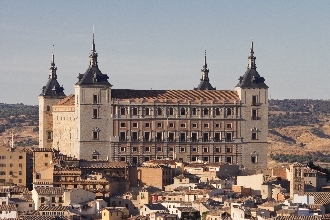
The Alcázar rises on one of Toledo’s hills. The building is a symbol of the city and a witness to some of the most significant events in Spanish history. The Alcázar has survived destruction a number of times, caused by, among others, three fires and a long siege, resulting in great loss and damage.
With the arrival of the Visigoths, the city of Toledo became the seat of the kings and the Alcázar was made a royal residence. After the conquest of the city by the King of Castile Alfonso VI (1085), the fortress continued to accommodate many of the key figures of the Spanish Middle Ages including the Castilian kings Saint Ferdinand III and Alfonso X (the Wise), with his school of translators. Evidently, all of them would leave their imprint on the building; some by extending it, and others by adapting it to their new requirements.
Undoubtedly its greatest moment of splendour would come in the reign of Charles V (Charles I of Spain) when illustrious architects worked on this historic building: Francisco de Villalpando, Juan de Herrera and Alonso de Covarrubias. The north façade was built by Covarrubias, while Herrera was responsible for the south façade. It was at this time when the symmetrical central courtyard was built with Doric and Corinthian columns.
Even when Phillip II decided to move the court to Madrid, the Alcázar continued to be a royal residence because the king and his wife, Elisabeth of Valois, liked to stay there. From this period is the magnificent main staircase, which the king had built, leading up from the courtyard.
After the death of Charles II, the last king from the House of Austria (Hapsburg), the War of the Spanish Succession broke out. One of its consequences was the burning of the Alcázar by Austrian and Portuguese troops. With the arrival of the Bourbon dynasty on the Spanish throne, Phillip V tried to restore the Alcázar, but the project was beyond the means of the treasury. The building remained in ruins until 1773 when Charles III authorised Francisco Antonio de Lorenzana, the Cardinal and Archbishop of Toledo, to establish a silk and weaving factory there. The remodelling and adaptation work was carried out by the architect Ventura Rodríguez.
The Alcázar was again burned in 1810 during the Napoleonic War of 1808-1814, during the retreat of Napoleon's troops. Only the façades, the arched colonnades and the main staircase were left standing.
Years later, the Infantry Academy (1875) and the General Military Academy (1882) were established there. Another fire caused great damage to the building in 1887. This time the consequences were terrible because a great many works of art and pieces of great artistic value were lost, although the building was rebuilt. The Alcázar withstood a 70-day siege during the Spanish Civil War that once again resulted in its destruction. Today the Alcázar of Toledo houses the Spanish Army Museum, with new and modern museographic installations
Images
-
Covarrubias Gateway
 Covarrubias Gateway
Covarrubias Gateway -
Archaeological Remains
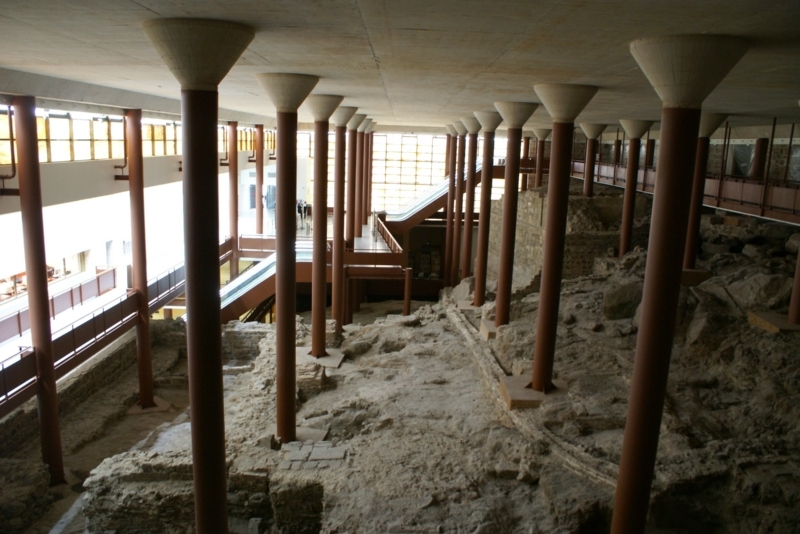 Archaeological Remains
Archaeological Remains -
Royal Hall
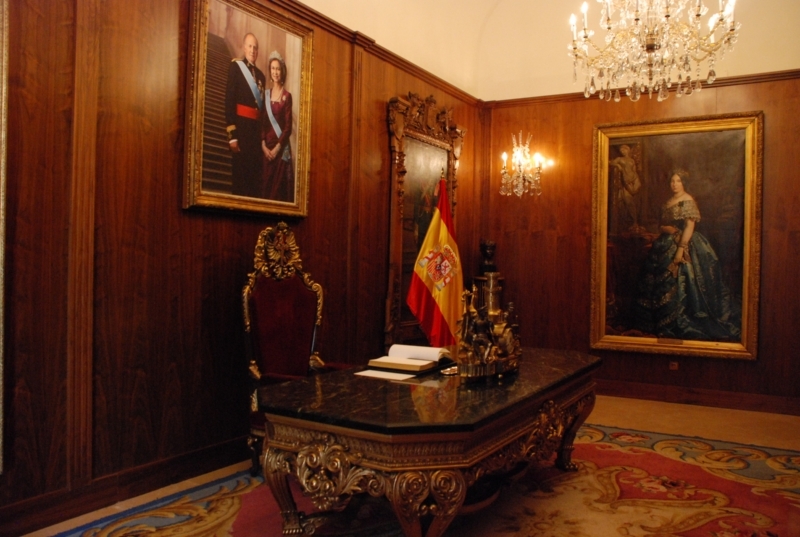 Royal Hall
Royal Hall -
Old Tercios
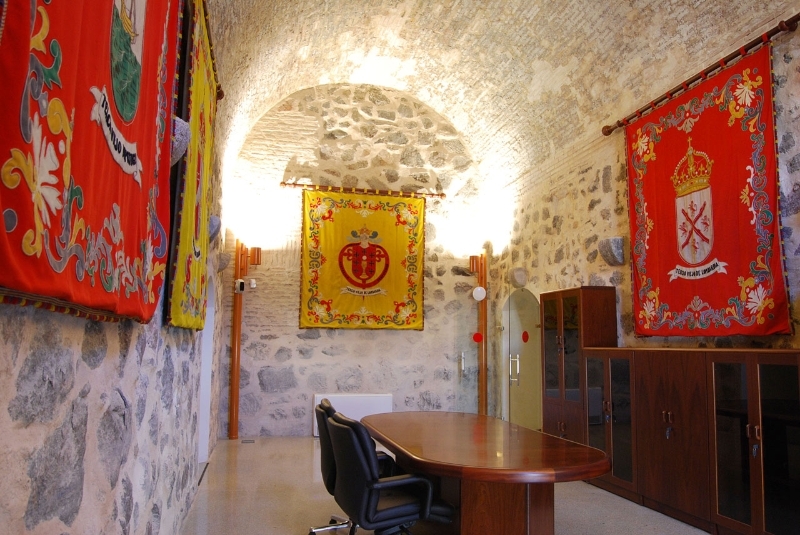 Old Tercios
Old Tercios -
Restoration Workshop
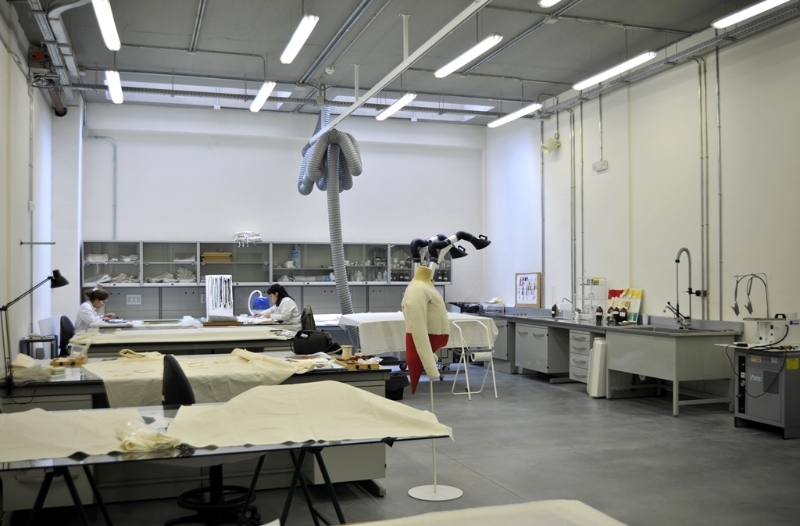 Restoration Workshop
Restoration Workshop -
The Archero (soldier of the House of Burgundy) of the Blade
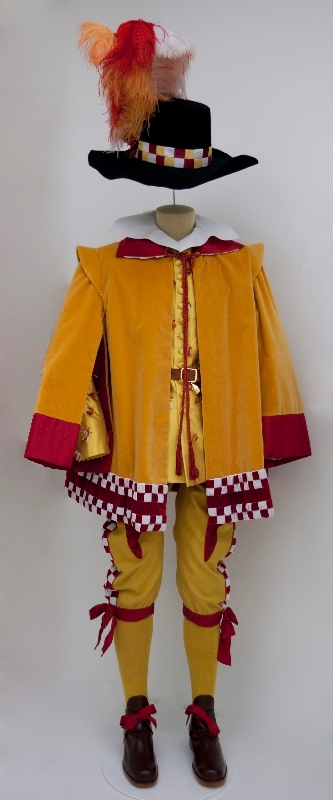 The Archero (soldier of the House of Burgundy) of the Blade
The Archero (soldier of the House of Burgundy) of the Blade -
Auditorium
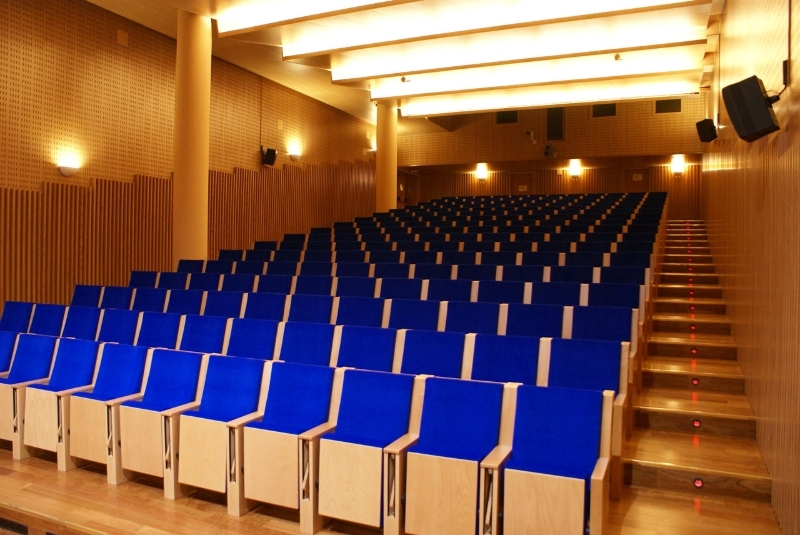 Auditorium
Auditorium -
Main Entrance
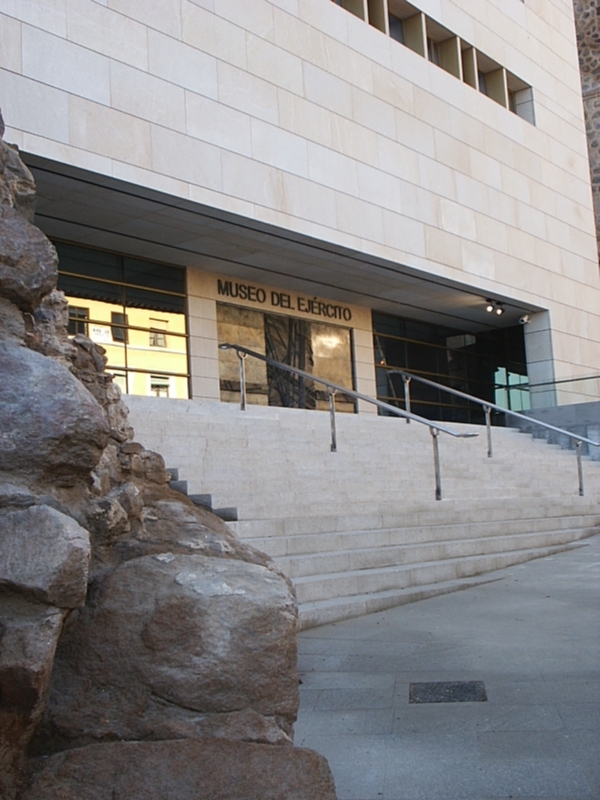 Main Entrance
Main Entrance -
History of Artillery
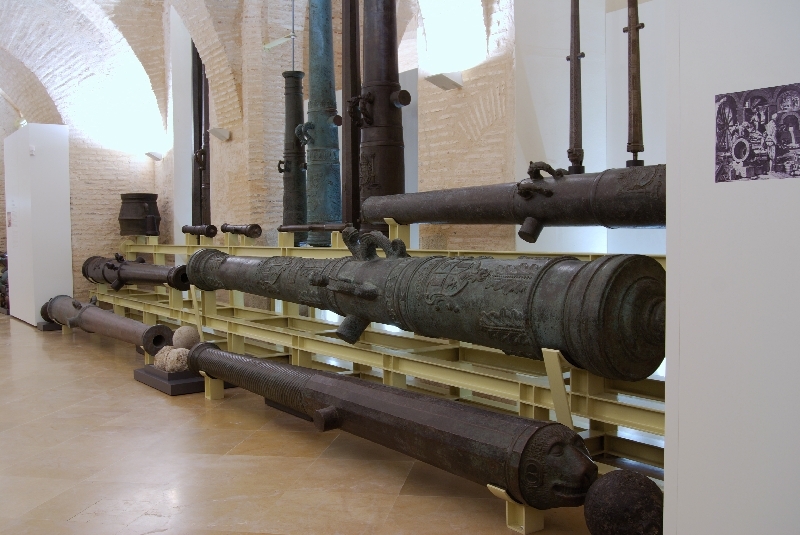 History of Artillery
History of Artillery -
Charles V’s Courtyard
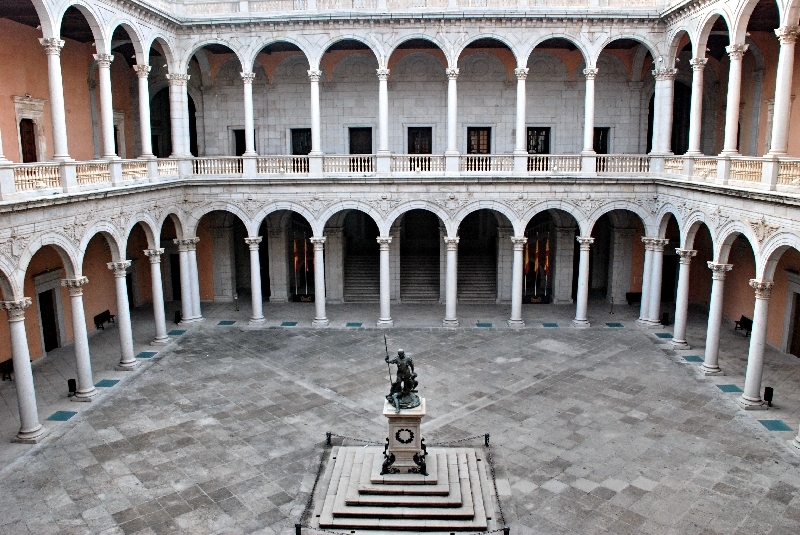 Charles V’s Courtyard
Charles V’s Courtyard
